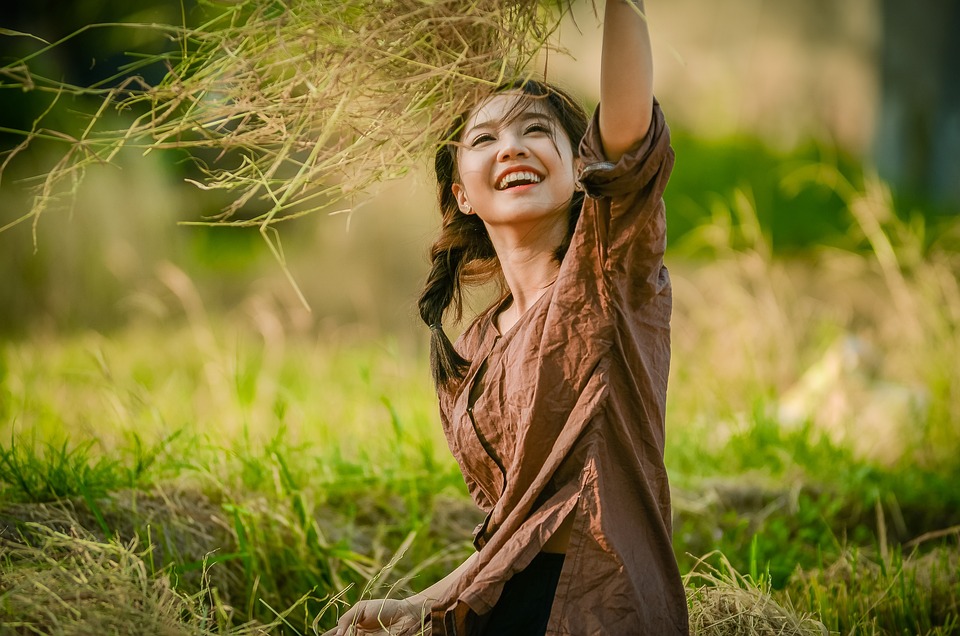The Roaring Twenties: How Fashion Defined a Decade
Introduction
The 1920s, famously known as the Roaring Twenties, was a period of cultural and artistic dynamism in many aspects, including fashion. After the end of World War I, society experienced rapid changes worldwide, and this was reflected in the way people dressed. The fashion of the Roaring Twenties not only revolutionized the clothing industry but also encapsulated the spirit of the decade. This article explores the extravagant and transformative trends of the 1920s fashion era.
The Jazz Age: Influence on Fashion
As jazz music gained popularity during the 1920s, it significantly influenced the fashion industry. The energetic rhythms and carefree nature of jazz were mirrored in the clothing choices of the era. Loose-fitting garments, shorter hemlines, and bold colors became emblematic of the Jazz Age.
The most iconic fashion trend of the 1920s was the flapper dress. These dresses were characterized by their dropped waistline, loose silhouette, and intricate beadwork. The flapper dress allowed women to move freely, challenging the restrictive corsets and hourglass shapes of previous decades.
The Rise of Coco Chanel
Coco Chanel, an influential fashion designer, played a crucial role in shaping the fashion of the 1920s. She revolutionized women’s clothing by introducing comfortable and practical garments. Chanel popularized the little black dress, redefining eveningwear and making black a fashionable color choice.
Chanel also made significant contributions to accessories, such as introducing the iconic Chanel No. 5 perfume and popularizing costume jewelry. Her influence can still be seen in modern fashion trends and is evidence of her lasting impact on the industry.
Fashionable Silhouettes and Fabrics
Alongside Chanel’s influence, there was a shift towards more androgynous styles during the Roaring Twenties. Women’s clothing featured straighter, boyish silhouettes that complemented the newfound sense of freedom after the suffrage movement. Waistlines dropped to the hips, and busts were minimized, allowing women to embrace a more natural figure.
As the slimmer silhouette became popular, fabrics like silk and satin gained prominence. These materials were light, luxurious, and perfect for the party-centric lifestyle of the 1920s. Patterns such as bold geometrics and exotic prints reflected the movement towards modernism and the growing fascination with the exotic.
FAQs
1. What were popular accessories during the 1920s?
Popular accessories during the 1920s included long pearl necklaces, feathered headbands, beaded handbags, and cloche hats. These accessories played a crucial role in completing the fashionable flapper look.
2. How did men’s fashion change during the Roaring Twenties?
Men’s fashion also experienced a significant transformation during this decade. The conservative suits of the Victorian era were replaced by looser, more comfortable attire. Sack suits, Oxford bags, and two-tone shoes became the hallmark of men’s fashion in the 1920s.
3. Did the fashion of the Roaring Twenties influence society beyond clothing?
Yes, the fashion of the Roaring Twenties had a broader impact beyond clothing. It represented a shift in societal values, as women embraced more freedom and independence. This influence was also evident in art, architecture, and general lifestyle choices of the time.
4. How can I incorporate 1920s fashion elements into my wardrobe today?
To incorporate the fashion elements of the 1920s into your wardrobe today, you can experiment with loose, drop-waist dresses, bold jewelry, and headbands. Incorporating art-deco patterns and embracing luxurious fabrics like silk can also pay homage to the Roaring Twenties style.
5. Was the fashion of the Roaring Twenties accessible to everyone?
While the fashion trends of the Roaring Twenties were popular among the wealthier elite, they eventually trickled down to more affordable alternatives for the general population. Mass production and availability of similar styles ensured that fashion was embraced by a broader range of people as the decade progressed.
Conclusion
The fashion of the Roaring Twenties broke free from the traditions of the past and embraced a new sense of liberation. It embodied the spirit of the Jazz Age and reflected the changing roles of women in society. This era in fashion history continues to inspire designers today, and its impact on society remains significant. The Roaring Twenties will always be remembered as a transformative period, where fashion defined a decade like never before.




